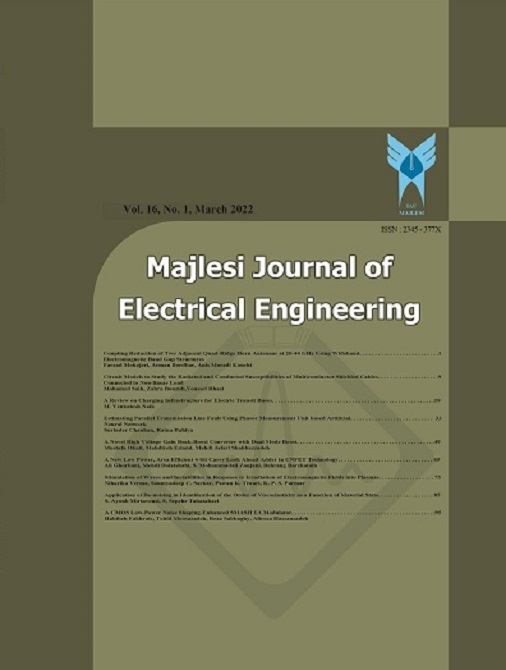[1] H. E. Weste and D. M. Harris, CMOS VLSI Design: A Circuits and Systems Perspective, 4th ed. Boston, MA, USA: Addison Wesley, 2010.
[2] K. Srivastav, Rimjhim, R. Mishra, A. Grover, K. J. Dhori, and H. Rawat, “3-Stage pipelined hierarchical SRAMs with burst mode read in 65nm LSTP CMOS,” in
Proc. IEEE Int. Symp. Circuits Syst. (ISCAS), 2022, pp. 1–5. DOI:
https://doi.org/10.1109/ISCAS48785.2022.9937582
[3] Rathi, A. Kumar, N. Gupta, and S. K. Singh, “
A review of low-power static random access memory (SRAM) designs,” in
Proc. IEEE Devices Integr. Circuit (DevIC), Kalyani, India, 2023, pp. 455–459. DOI:
https://doi.org/10.1109/DevIC57758.2023.10134887
[4] K. Mishra, P. K. Misra, and J. K. Srivastava, “
Analytical modelling and design of 9T SRAM cell with leakage control technique,”
Analog Integr. Circuits Signal Process., vol. 101, no. 1, pp. 31–43, 2019. DOI:
https://doi.org/10.1007/s10470-019-01483-1
[5] Pal, S. Bose, W. H. Ki, and A. Islam, “
Characterization of half-select free write assist 9T SRAM cell,”
IEEE Trans. Electron Devices, vol. 66, no. 11, pp. 4745–4752, Nov. 2019. DOI:
https://doi.org/10.1109/TED.2019.2942493
[6] Zeinali, J. K. Madsen, P. Raghavan, and F. Moradi, “
Sub-threshold SRAM design in 14 nm FinFET technology with improved access time and leakage power,” in
Proc. IEEE Annu. Symp. VLSI (ISVLSI), Montpellier, France, 2015, pp. 74–79. DOI:
https://doi.org/10.1109/ISVLSI.2015.73
[7] Bagali, B. Sravani, B. Kavya, M. B. Varalakshmi, and S. L. A. Reddy, “
Design and parametric analysis of 6T SRAM using 180nm and 45nm technology,” in
Proc. Int. Conf. Netw., Multimedia Inf. Technol. (NMITCON), Bengaluru, India, 2023, pp. 1–7. DOI:
https://doi.org/10.1109/NMITCON58196.2023.10275903
[9] Siddik, S. Pujari, J. Mallidu, P. Chandaragi, A. Huded, and N. Lakkundi, “Performance analysis of CMOS SRAM 6T, 7T and 9T cells using Cadence at 180nm technology,” in
Proc. Int. Conf. Innov. Technol. (INOCON), Bangalore, India, 2024, pp. 1–5. DOI:
https://doi.org/10.1109/INOCON60754.2024.10512340
[10] Kalpana, C. L. Reddy, B. Saranya, and P. Naveen, “A low voltage 6T SRAM cell design and analysis using Cadence 90nm and 45nm CMOS technology,” in
Proc. Int. Conf. Devices, Circuits Syst. (ICDCS), Coimbatore, India, 2024, pp. 188–194. DOI:
https://doi.org/10.1109/ICDCS59278.2024.10560497

